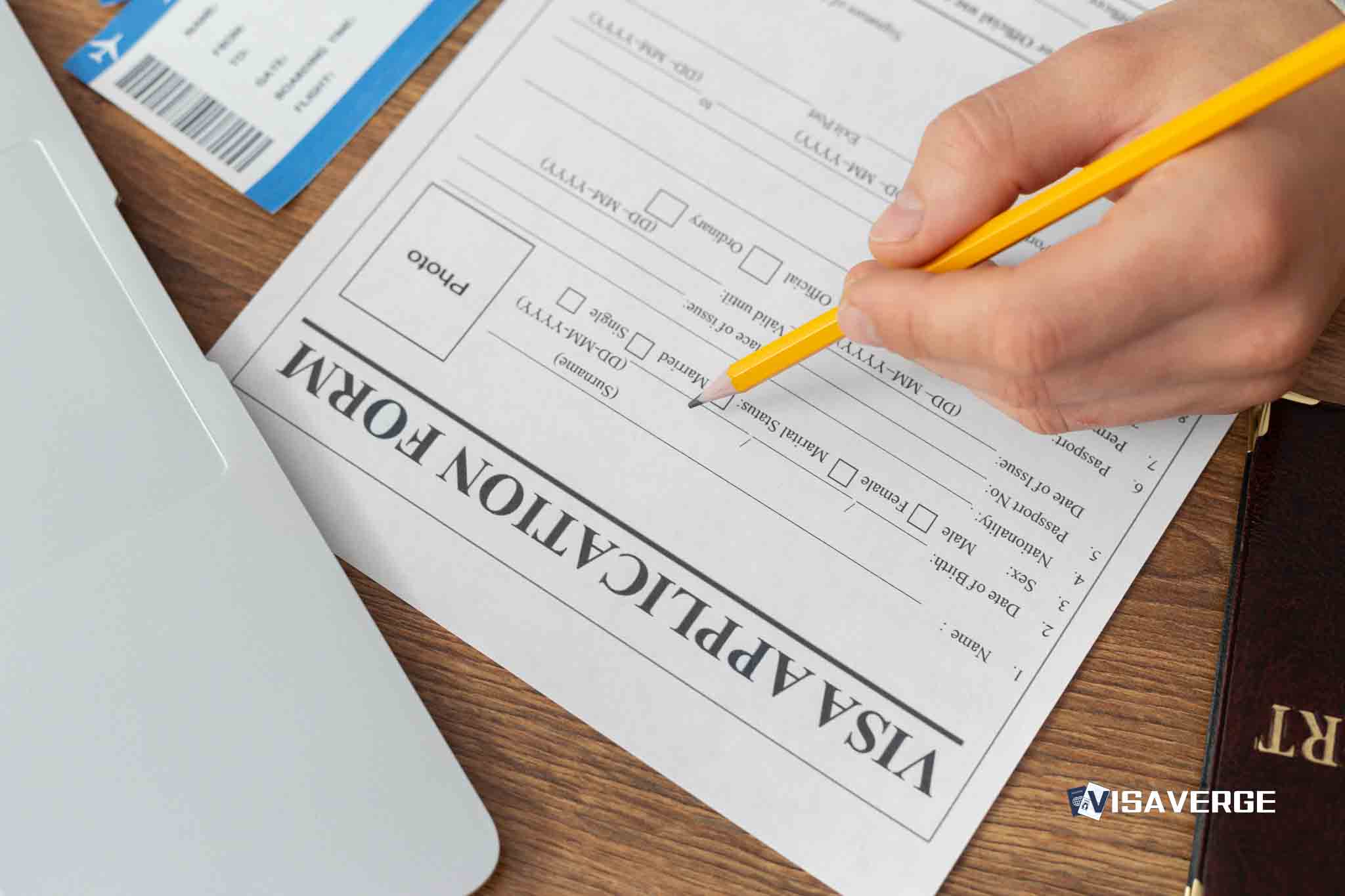Understanding the I-485 Process for VAWA Abuse Victims
Victims of abuse have a lifeline in the Violence Against Women Act (VAWA), which provides a pathway to legal status in the United States. Specifically, the I-485 process allows individuals who have been subjected to abuse to apply for a green card, offering vital immigration relief for abuse victims.
What is VAWA?
VAWA is a federal law originally passed in 1994 and reauthorized by Congress periodically. It offers protection not only to women but to men and children who are victims of abuse perpetrated by a family member who is a U.S. citizen or permanent resident.
The I-485 Application Steps for VAWA Abuse Victims
Abuse survivors wondering “how does the I-485 process work within the context of VAWA?” should understand the key steps involved. The process is sensitive to the special circumstances faced by abuse victims.
Eligibility Check
Before starting the I-485 process, it’s essential to confirm eligibility. Under VAWA, individuals who have suffered abuse by a U.S. citizen spouse (or ex-spouse), parent, or child may qualify for immigration relief. A crucial part of gaining eligibility is proving the relationship with the abuser and the abuse suffered, which can be emotional or physical.
Filling Out the Form I-485
Once you establish eligibility, the next step is to complete Form I-485, officially known as the Application to Register Permanent Residence or Adjust Status. This form asks for personal information, presence in the U.S., and details about your entry into the country.
Submitting Evidence
As a VAWA abuse victim, you are required to submit substantial evidence. This may include police reports, restraining orders, medical records, or affidavits from witnesses. The documentation serves to corroborate the abuse claims and supports the application.
Application Review and Interview
After submitting the I-485 form along with the necessary documentation, USCIS reviews your application. You may be called in for an interview. During the interview, it’s critical to answer questions truthfully and provide any additional information the officer may require.
Special Considerations for VAWA I-485 Applicants
Victims of abuse applying for a green card through VAWA are afforded certain protections:
- Confidentiality: Information provided to USCIS will not be disclosed to the abuser.
- “Self-petitioning”: Victims can apply independently without the abuser’s knowledge or consent.
- Work Authorization: Applicants can receive a work permit while their I-485 is being processed.
Resources and Assistance
Finding support during this process is vital. Here are some resources that can help:
- The USCIS website: For general information on the I-485 process and VAWA.
- National Domestic Violence Hotline: They offer support and can direct you to legal aid.
- Local non-profit organizations: These often provide assistance with filling out forms and understanding your rights.
Conclusion
For VAWA abuse victims, the I-485 process is a beacon of hope, providing a path to remain legally in the United States. Understanding this process and accessing the right resources is crucial for a successful application.
Remember, you’re not alone in this journey. Qualified immigration attorneys and accredited representatives can help navigate the I-485 process, ensuring that victims have the best chance at starting a new life free from abuse.
So, there you have it, my tech-savvy friend! The I-485 process for VAWA abuse victims is no walk in the park, but with the right knowledge and support, it’s a path towards a fresh start. If you’re itching for more details and resources on this fascinating topic, head over to visaverge.com and dive deeper into the world of immigration. Trust me, it’s worth the click!
FAQ’s to know:
FAQ 1: What is the VAWA and who does it protect?
Answer: The Violence Against Women Act (VAWA) is a federal law that offers protection to victims of abuse, including women, men, and children. It grants protection to those who have suffered abuse from a family member who is a U.S. citizen or permanent resident.
FAQ 2: What are the key steps involved in the I-485 process for VAWA abuse victims?
Answer: The key steps in the I-485 process for VAWA abuse victims include: (1) confirming eligibility by demonstrating the relationship with the abuser and the abuse suffered, (2) completing and submitting Form I-485, which collects personal information and details about your presence in the U.S., (3) submitting substantial evidence to substantiate the abuse claims, and (4) undergoing application review and potentially attending an interview with USCIS.
FAQ 3: What special considerations are given to VAWA I-485 applicants?
Answer: VAWA I-485 applicants receive special considerations, including: (1) confidentiality of information provided to USCIS, which will not be disclosed to the abuser, (2) the ability to “self-petition” independently without the abuser’s knowledge or consent, and (3) eligibility to receive a work permit while their I-485 application is being processed. These protections aim to support and empower victims of abuse throughout the immigration process.
What did you learn? Answer below to know:
- True or False: VAWA (Violence Against Women Act) provides protection exclusively to women who are victims of abuse.
- What is the purpose of the Form I-485 in the I-485 process for VAWA abuse victims?
a) Verify eligibility for green card
b) Identify the abuser
c) Request work authorization
d) Provide personal information for immigration records - Which of the following resources can provide support and assistance for VAWA abuse victims during the I-485 process?
a) USCIS website
b) Local law enforcement agencies
c) National Immigration Hotline
d) Local non-profit organizations














